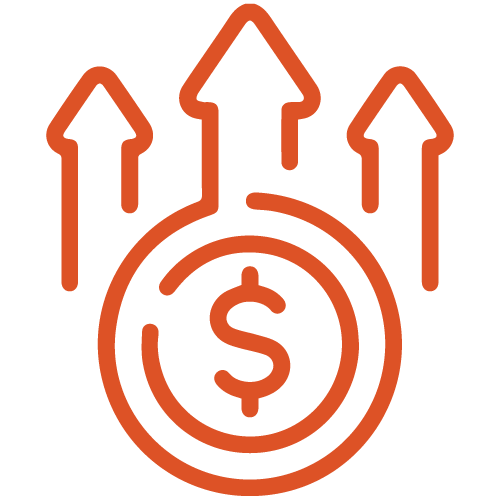A surefire way to increase your home power efficiency and to help you save money and keep your power bill manageable is to insulate properly. The U. S. Department of Energy states that heating and cooling costs make up 49 percent of your home’s energy bills; further information includes:
“Increasing a home’s insulation and reducing air leaks is one of the most cost-effective ways to reduce energy waste. Proper insulation and air-sealing techniques can typically achieve whole-house energy savings of 10-20% over pre-upgrade energy usage. In older homes and homes with little or no insulation, savings may be much higher.”
Whether summer or winter, heating, and cooling bills spike when your home is not protected.
Insulation aims to reduce heat transfer out of or into the home. Installation of the correct type will depend on the kind of home and your needs.
Materials vary, including fiberglass, mineral wool, and polystyrene. There are various methods in how they are applied, such as rolls of batting, spray foam, and loose-fill.
The aim is to trap tiny pockets of air, slowing the movement of heat from your house in the winter and heating up your home from outside in the summer. The “R-Value measures this,” and the higher numbers mean that your home is doing a better job at resisting this heat transfer.
The North American Insulation Manufacturers Association (NAIMA) says that 90 percent of single-family homes in the U.S. are under-insulated. Especially at risk are homes that were built before 1960.
Ways to determine whether your home is adequately protected are listed below.
If any of these issues arise, an inspection can be done by a professional who will do a qualified home energy audit. A whole-home energy assessment will bring professional results.
According to EPA estimates, average heating costs and cooling costs are lowered by 15 percent by adding protective materials to crawl spaces, basement rim joists, and attics.
The other reason is that when your home is protected and energy-efficient, your home has a higher market value. Some are eligible for tax incentives to help with financing the insulation upgrade.
The attic is one of the best places to start, especially if your home was built before 1960. Having an energy audit completed will help you get the best idea of what areas to focus on upgrades.
Insulation should be installed in the spaces over and between the floor joists, protecting the living spaces below. Exterior walls and unheated spaces (such as an attached garage) and floors above an unheated space (like a crawlspace) are also spaces that should be adequately insulated.
It’s also essential check around windows to make sure any drafts are sealed along with the fireplace damper or dryer vent.
The insulation upgrade investment is worth it for most home owners. It will pay off handsomely and in the long run an upgrade will reduce energy bills and increase the value of your home.
Installed Services offers top lines of insulation products for both new and existing home installations, including blown insulation for sidewall applications.
Your home will be energy efficient with our high quality insulation keeping you warm in the winter and cool in the summer.

Heating costs will continue to rise with fuel costs.

You can save money every month with our high quality insulation.
"We insulated our home with Installed Insulation Services Inc. and our heating costs dropped 40-50% ... Thank you Installed Insulation Services Inc.!."
~Mr. & Mrs. Simpson
Website design by Alpha Key Digital.
© 2025 Installed Services Inc.